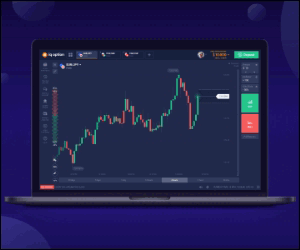Did you
know that most freshwater fish farms in Africa are operated with minimum
investment and infrastructure – and a lot of them are doing well? So if you are
looking for a farming business idea, you probably should try aquaculture.
Catfish and
tilapia are among the most consumed fish in the world and have been caught and
farmed for food for hundreds of years in Africa, Asia, Europe, and North
America.
The fish
are often bought when they are 30mm in size and reared in a nursery to 50mm
before stocking in the bigger ponds.
There are
many varieties of tilapia and catfish to choose from – choose a variety that is
popular in your target market which would undoubtedly improve your farm’s
profitability. For example, while catfish is consumed in Africa and across the
world, in Central Europe and Southern United States, the fish is often viewed
as a delicacy to be enjoyed on feast days and holidays.
Starting small
If you
are limited on space, one of the best ways to start out is by building a small
re-circulating tunnel system.
A small
tilapia and catfish farm in a rural area can have ponds that are less than
500m² in size. Some micro farmers are known to achieve success with ponds that
are only 50m².
As a
farmer you will probably need to label your ponds. You will also need to keep meticulous
records of your stocking rates and sales – even in an old school exercise book.
Your fish
can be fed sparingly with tilapia pellets, and the ponds fertilised with cattle
manure. Some farmers are known to feed their fish only on vegetables.
A more sophisticated operation
A more
sophisticated tilapia farm can have a system of up to twenty 9 000l concrete
tanks coupled to a sediment-trap and mechanical and biological filters recessed
in the ground – all relying on gravity.
Gravity-settlement
sedimentation tanks remove sediment without any machinery or electrical
devices. Flushing is as straightforward as opening a valve every day to remove
solid waste to a sump, to be disposed later.
Water
reticulation can be via a 0,55kW swimming pool pump, and aeration via a small
blower. Water filtration is the key to success as it keeps the ponds clean and
the fish healthy.
Water is
supplied from a quarry-fed stream using gravity, as well as from a strong
borehole. The set-up is everything a good recirculating aquaculture system
(RAS) should be: uncomplicated, user-friendly and well-built.
The fish
can be fed with pellets and vegetables.
From such
an operation, you will be able to sell to large supermarkets and even export.
Stocking levels
A 1m deep
tank can be stocked with 500 fingerlings each, which are thinned out to 50 to
75 large fish as they grow. Expect to harvest the fish at a mass of about 350g
to 400g maximum.
Advice is
to start small with what you have – a small pilot project before investing
substantial capital – and don’t aim to produce 1000 tonnes of fish in your
first year. As your operation grows, you can add a fish-processing factory as
well as feed manufacturing facility.
A small
scale starter project should cost you less than US$5000 and can produce 600kg to
1200kg of fish a year if well-run. Less the costs of electricity, feed, water
and labour, you should realise a nice profit, which increases as you grow the
business.
Get a
course in farming and aquaculture if you can.
 10:10:00 AM
10:10:00 AM





No comments
Post a Comment